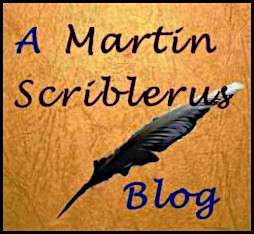“Oh, Langport, it’s a very nice place. It’s full of lovely shops.”
My colleague’s comment was perfectly accurate, my home town is a very nice place and it is full of lovely shops, but it was not always thus.
In the early-Twentieth Century, Langport was a bustling little market town. It had its own rural district council replete with its own council offices. It had two railway stations, its own newspaper, it own gas works, and a range of shops catering to every need. However, it went into a long-term decline. The newspaper closed before the Second World War; the railway stations disappeared with the Beeching cuts (in the case of Langport East, an entirely illogical decision that owed more to prejudice than reason). One by one, the shops disappeared. People had cars; people could drive to Yeovil or Taunton or Bridgwater; people took their custom elsewhere. In 1974, Langport Rural District Council, which served a population of 59,000 people, was abolished, its area being absorbed into a much bigger local authority based in Yeovil. In the 1970s, a new close of shops was built along with a new town car park, but there was nothing to suggest that this was not a town past its best. One writer commenting on Langport suggested it was a town that had succumbed to a “humdrum retirement”.
Today marks the thirtieth anniversary of the Internet as we know it, Google featuring a picture of a big, clunky PC monitor as its graphic for the day. If there was a single factor that has contributed to the transformation of my home town, it must surely be the possibilities created by going online. People can live in our deeply rural community and still be engaged with commerce in every corner of the world. People can have front offices in London, but still work from the tranquility of the Levels. Crafts people can produce fine work in local studios and market it globally. Shops can be in Bow Street or North Street, and have customers in streets very far away from the River Parrett. If there is a vicious circle as a community declines, closures contributing to further closures, then there is a virtuous circle as a place revives: money bringing more money, success creating more success, diverse and attractive shops attracting more diverse and attractive shops. If there is a common factor among the successful enterprises that now fill our town, it is their strong online presence – their websites and their use of social media.
Thirty years ago, it would have been unimaginable that our town would have revived in the way it has. It has been amazing what a mouse can do.

